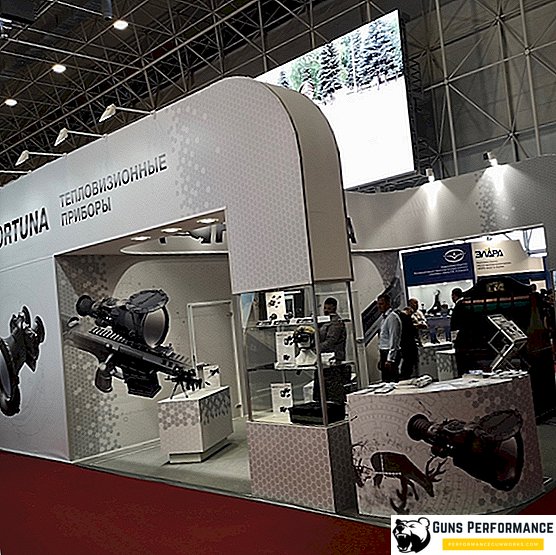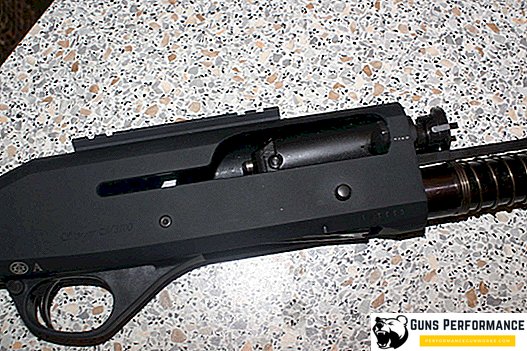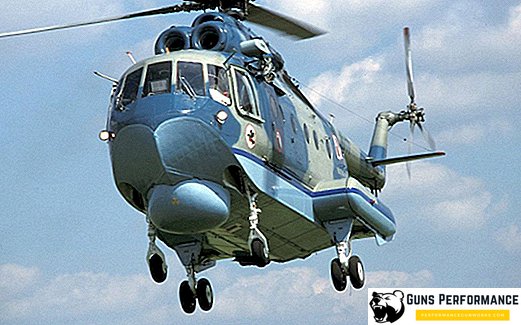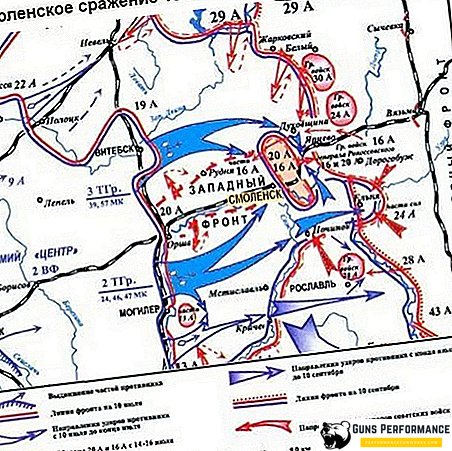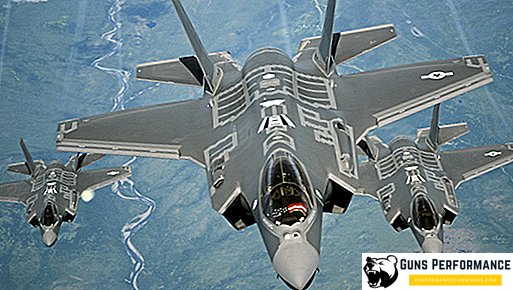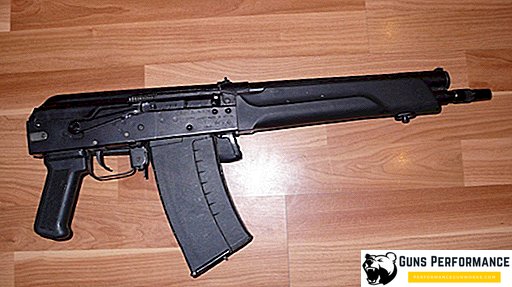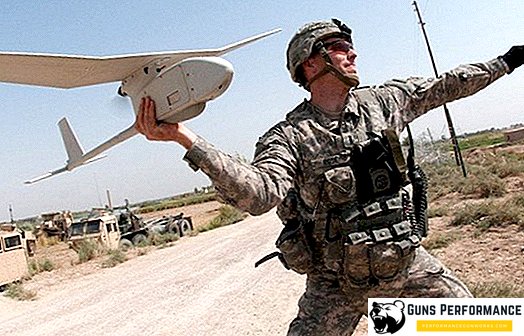
Military drones have attracted public attention over the past few years. Although their characteristics and description explain to us some variants of their use during combat operations, but at the same time a large number of false facts are born, which have never been confirmed. We will try to address the most common misconceptions on this topic.
They are called drones.
Many are accustomed to calling unmanned aerial vehicles drones, but this is a delusion insulting the people controlling them. The word "drone" in nature is called male bees, and the use of this concept in relation to drones is rather ridiculous. "Drone" does not imply the participation of human operators, for this reason the military almost never use this term. If you move away from the military sphere, the word "drone" is usually used in relation to small aircraft with remote control.
They became a novelty for the military
In the military sphere, the use of unmanned aerial vehicles goes far into the 19th century, when Austrian troops in 1849 used about 200 flying balls equipped with synchronized control bombs. The operation did not go well, because some of the balls came back under the influence of the wind. In the history of this case is the first application during the war, unmanned aerial vehicles.
They are managed by one person.
The negative side of using such aircraft is the fact that a huge number of personnel is required to manage them. In addition to the control operators themselves, separate people are attached to each sensor or camera. For example, 168 people are needed to work with Predotor devices, and 180 for the Reaper.
Rarely there are emergency situations, and they also require minimal maintenance.
The use of any military devices cost considerable sums of money, and unmanned aerial vehicles were no exception. Such devices are quite often broken. The number of emergencies continues to grow: in 2004, nine crashes were officially recorded, and in 2012 - twenty-six.
If communication is disturbed, they will lose useful properties.
Most of the military UAVs are controlled by satellite communications, which is very difficult to influence. It is almost impossible to do this with ground-based technology, communication is directed by thin beams towards the satellites. But if we consider the situation of losing the ability to receive signals, the device will switch to automatic flight mode and wait for the connection to be restored. Commercial options usually use radio communications. Knock down such a UAV is not difficult. Developing a variety of projects to create guns that can shoot down commercial drones.
They can not be long in the air
This myth has appeared thanks to ordinary quadcopters, which usually can support a flight for no more than 30 minutes. Military UAVs can continue to move in the air for a long time. Predator to stay up to 27 hours, and the Russian equivalent of "Dozor-600" - 30 hours. New developments using liquid hydrogen can fly up to 168 hours.

UAV control is very simple, as in the game
Most unmanned aerial vehicles are extremely difficult to manage, and a lot of time and resources are spent on training good operators. Even creating a full-fledged flight simulator, such as Microsoft Flight Simulator, good pilots will not increase. During the performance of combat missions, real people can become targets, and in games you will never encounter such difficulties.
Special "sweep lists" are made.
Most of the UAVs are created for monitoring and protection, but weapons are installed on some models. There are no lists with a designation for each target. To open fire, the operator first performs identification and verification, and then the decision is made to open fire. There are also mistakes that result in attacking civilian targets, and therefore this myth of the “sweep lists” appeared.
Their work is completely autonomous.
UAVs require the participation of qualified operators, possessing only some of the capabilities for autonomous work, like any aircraft. Although in the near future the emergence of fully autonomous UAVs is already possible, the US military is developing six UAVs capable of finding, identifying and destroying targets on their own.
They are created for destruction
Most of the drone are designed for reconnaissance and monitoring areas. Even the Predator was designed for such purposes, and remade during the conflict in Iraq. But in the future, the appearance of a large number of combat UAVs is expected, many countries are actively engaged in development.



